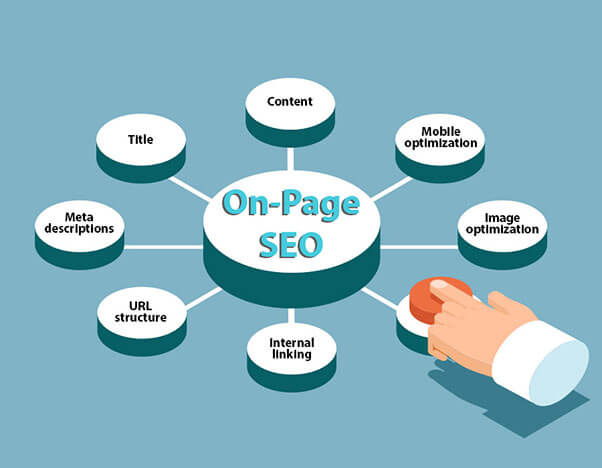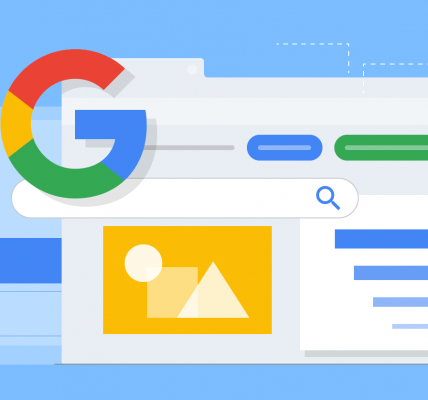On-page SEO is a critical element of any digital marketing strategy, directly impacting your website’s visibility on search engines like Google. It involves optimizing individual web pages to improve their search engine ranking and attract more relevant traffic. Here are the best practices for on-page SEO to ensure your website performs at its best:
1. Optimize Title Tags and Meta Descriptions
Your title tags and meta descriptions are among the most important on-page SEO elements. Ensure each page has a unique title tag that accurately describes the content and includes your primary keyword. Keep title tags under 60 characters to prevent truncation in search results.
Meta descriptions should be compelling and provide a brief summary of the page content. Include the target keyword and keep it under 155-160 characters to ensure it displays correctly in search results.
2. Use Proper Header Tags (H1, H2, H3)
Header tags (H1, H2, H3, etc.) help structure your content, making it easier for search engines and users to understand the hierarchy of information on the page. Use a single H1 tag for the main title and H2, H3 tags for subheadings. This improves readability and SEO by highlighting key sections and keywords.
3. Optimize Content with Relevant Keywords
Content is king in on-page SEO. Conduct keyword research to identify relevant keywords and phrases for your target audience. Use these keywords naturally throughout your content, including in the introduction, body, and conclusion. Avoid keyword stuffing, as this can negatively impact your SEO performance. Aim for high-quality, original content that provides value to users and addresses their search intent.
4. Improve URL Structure
Ensure your URLs are short, descriptive, and include target keywords. A clean URL structure helps search engines understand the page’s content and improves user experience. Use hyphens to separate words and avoid using special characters or numbers that do not add value.
5. Optimize Images and Multimedia Elements
Images and multimedia elements can enhance user engagement, but they also need to be optimized for SEO. Use descriptive file names and include alt text with relevant keywords for all images. Compress image files to reduce load time without compromising quality, as page speed is a critical ranking factor for SEO.
6. Enhance Internal Linking
Internal linking connects your content and helps search engines understand the context and relationship between pages. Use descriptive anchor text and link to relevant pages within your site to improve navigation, user experience, and SEO. This practice also helps distribute page authority across your website, boosting the ranking potential of linked pages.
7. Focus on Mobile-Friendliness
With the increasing number of mobile users, having a mobile-friendly website is essential for on-page SEO. Use responsive design to ensure your site looks and functions well on all devices. Google’s mobile-first indexing means that the mobile version of your site is prioritized for ranking, so a mobile-optimized site is crucial.
8. Increase Page Load Speed
Page load speed is a significant factor for both user experience and search engine ranking. Use tools like Google PageSpeed Insights to identify areas for improvement, such as optimizing images, leveraging browser caching, and minimizing CSS and JavaScript files. Faster loading pages result in lower bounce rates and higher user engagement, which positively affects SEO.
9. Use Schema Markup
Schema markup, or structured data, helps search engines understand your content better and can improve your search visibility with rich snippets. Implement schema markup to provide additional information about your content, such as reviews, FAQs, events, or products. This enhances the appearance of your page in search results, potentially increasing click-through rates (CTR).
10. Optimize for User Experience (UX)
User experience is a key component of on-page SEO. Ensure your site is easy to navigate, with a clear layout and intuitive menu structure. Minimize intrusive pop-ups and ads, use readable fonts and colors, and create a seamless browsing experience. A positive user experience can reduce bounce rates and increase dwell time, both of which are factors in search engine ranking.
11. Use Social Sharing Buttons
Integrate social sharing buttons to encourage users to share your content on social media platforms. Although social shares do not directly impact SEO, they can increase visibility and drive traffic to your website, indirectly benefiting your search engine rankings.
12. Regularly Update Content
Keep your content fresh and relevant by regularly updating it with new information, keywords, and trends. Search engines favor websites that provide up-to-date and accurate content, improving your chances of ranking higher.
Conclusion
Implementing these best practices for on-page SEO will help you create a website that is optimized for both search engines and users. By focusing on high-quality content, user experience, and technical SEO elements, you can significantly enhance your website’s visibility, drive more traffic, and ultimately achieve your digital marketing goals.





